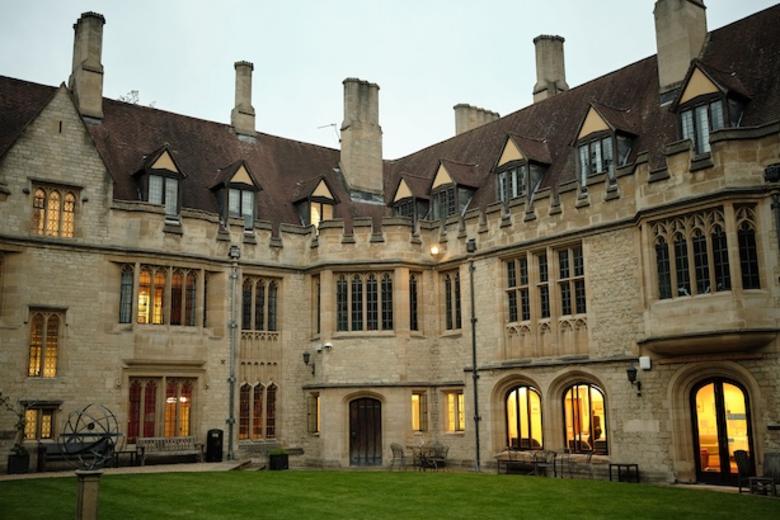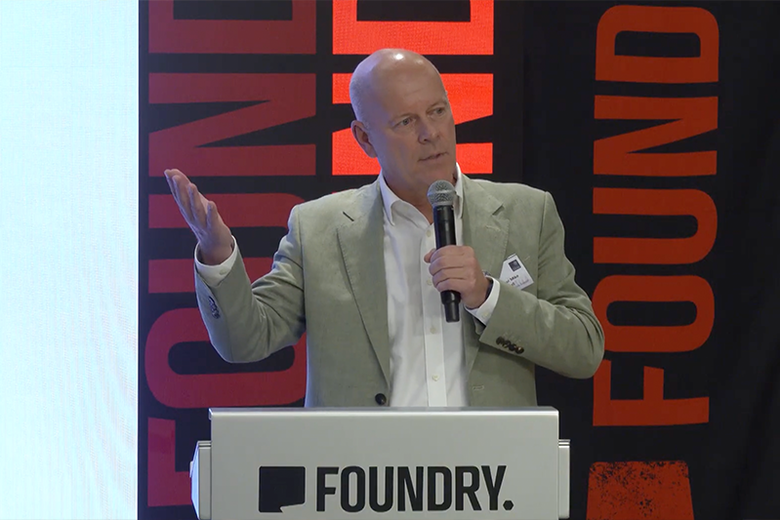OXFORD’S ZERO EMISSION ZONE BEGINS

OXFORD’S ZERO EMISSION ZONE BEGINS
The ‘ZEZ’ sets a national precedent not just a local one, and is set to expand in 2023
Published: 28 February 2022
Share this article
Oxford Councils today began a pilot of a so-called ‘Zero Emission Zone’ in which only full electric vehicles can travel without paying a fee.
Close inspection shows that the pilot covers streets mostly barred to cars already, such as Cornmarket and Queen Street (see above: the green central part is the pilot).
However, the scheme sets a national precedent because it will be the first such scheme anywhere in the UK where you will be charged for driving any vehicle that isn’t fully electric.
In the lead up to the pilot, in February, City and County Councils announced sweeping changes that will roll across the city soon after the pilot, to try and tame Oxford’s notorious gridlock and poor air quality.
They announced their intention to implement a workplace parking levy across the city, strategic traffic filters on half a dozen core entry points to the city, and finally a dramatic scaling up of the ZEZ by autumn 2023.
Councillor Duncan Enright, Oxfordshire County Council’s Cabinet Member for Travel and Development Strategy, says:
‘Oxford has always been a leader in innovation and these new plans will help us move towards a zero-carbon transport system in the city, while making Oxford a safer, cleaner and better place for people who live and work here and for those who visit.’
The University’s Pro-Vice-Chancellor for Planning and Resources, Dr David Prout, says:
‘Traffic in Oxford has been an issue for as long as anyone can remember. My father was a great advocate of the ring road through Christ Church Meadows. Thankfully that was not given the go ahead.
These proposals mark a significant step forward radically to reduce congestion and pollution, improve public transport and improve the walking and cycling environment. These should always be seen as a package. Without one the others will not work, but on the basis that it is a package the University has supported these proposals.’
For now, the only streets inside the pilot zone where you might theoretically take a car and have to pay the levy are Ship Street, St Michael’s Street and New Inn Hall Street, suggesting that parents dropping off students to St Peter’s College may need to pay the fee unless arriving in an electric vehicle.
But the City Council has not included Turl Street and the whole approach to the Covered Market, where most delivery vehicles are still diesel-powered.
The new Zero Emission Zone will impose different charges on different classes of vehicle, and goes beyond London’s Ultra Low Emission Zone (ULEZ) by charging even ultra-low emission vehicles (defined as emitting less than 75g CO2 per kilometre) £2 per day, doubling to £4 per day from August 2025.
The majority of vehicles will be charged £4, rising to £8, while pre-Euro 4 petrol and pre- Euro 6 diesels incur a £10 charge doubling to £20 in August 2025.
Buses are all exempted even though many of them are still diesel-powered.
The University position on the scheme is broadly supportive, although the scheme appears to pick a technology ‘winner’ by equating zero emission at the exhaust with zero emission, whereas science shows that electric cars are not zero emission.
Sustainable Transport Manager for the University Adam Bows explains,
‘EVs are heavier than internal combustion engine cars and still emit non-exhaust particulate emissions from tyres, road surface wear and brake pads, meaning total fine particulate load is at least 50% of an ICE vehicle.’
The climate aspect is also more nuanced than it may appear.
‘Electric vehicles have high embodied carbon, as shown by a variety of life cycle analyses. They still pose road danger to pedestrians and cycles in Oxford - being both heavier and quieter at low speeds.’
The University’s own position has for years been to encourage walking and cycling and non-car commuting. It operates its own fleet of electric vehicles, charging them overnight.
Later this Spring the city will see the roll-out of a national pilot ‘super charging hub’ at the Redbridge Park and Ride on Oxford’s Abingdon Road, where 40 rapid- and ultra-rapid charge points will cater to commuters who need to arrive in Oxford by car but would not necessarily need to continue to the city centre.















